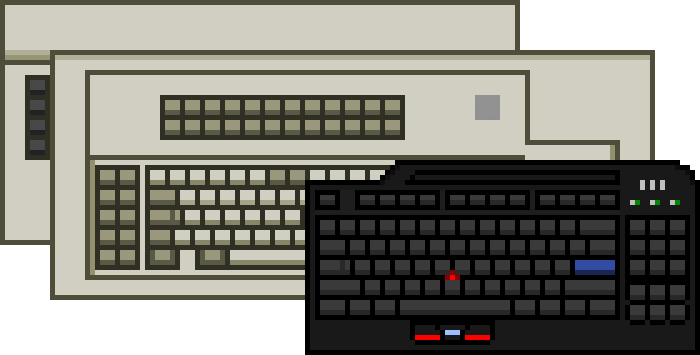P/N 6016732 - Model F Keyboard Details & Specs
Provided by the ASK Keyboard Part Number Database
IBM 3290 Information Panel APL Keyboard
| Type | Model F Type I 104-key Converged Keyboard (313X type Model F) |
|---|---|
| Nickname | Unsaver |
| Known host systems | IBM 3290 Model 1 Information Panel (IBM 3270 family) |
| OEMs or ODMs | IBM U.S. |
| Keyswitches | IBM capacitive buckling springs |
| Earliest appearance | |
| Original keycaps | PBT with dye-sublimated legends |
| Cover colour | Pearl White |
| Branding | IBM silver square badge |
| Feet | Dual-setting riser feet |
| Connection | Grey straightened-style detachable DB-25 to DB-25 cable |
| Number of keys | 104 |
| Form factor | Unsaver |
| Layout & language | 3270: Converged Typewriter U.S. English - APL |
| Accessories & other features | Internal speaker Setup switches |
| Additional notes | Has "PFxx" program-function key block, four-position DIP switch bank and DA-15 secondary port for 3290/5080 peripheral connection |
| Sources | Doc: IBM 3290 Information Panel Brief Description of Announcement, Charges, and Availability (#183-033) [source: IBM] |
| Data last updated |

